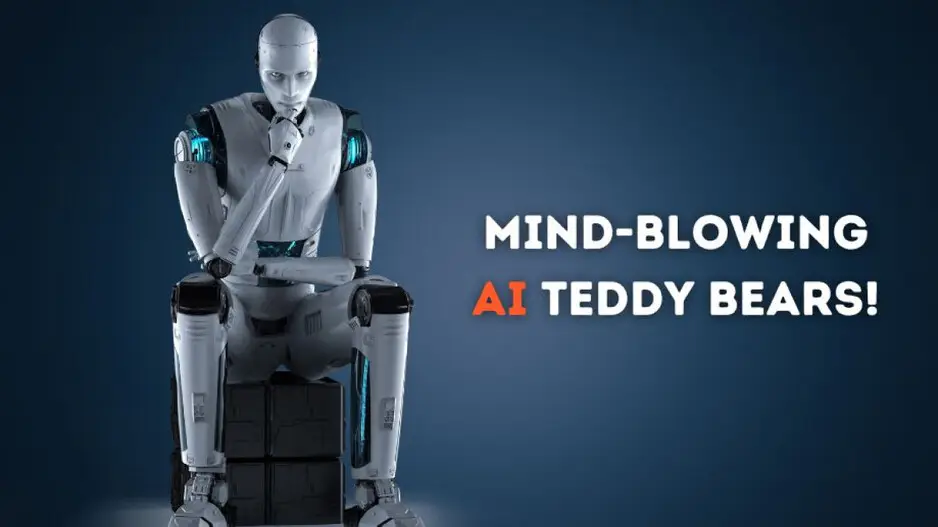Recommended Stories
ChatGPT, an AI chatbot created by OpenAI, has captivated people with its remarkably human-like responses.
This groundbreaking technology has been used in diverse fields, including music composition and even crafting love letters.
Due to its immense popularity, other major companies like Google and Microsoft have joined in, introducing their own AI chatbots called Bard and Bing, respectively.
Evolution of AI in Toys
In the future, we might see the integration of ChatGPT-like technology in the toy industry, enabling AI-powered toys to interact with children.
Allan Wong, the co-founder of VTech Holdings, a well-known electronic toymaker, envisions that by 2028, smart toys could incorporate AI capabilities to engage with kids in exciting ways.
AI-Powered Teddy Bears
As per a report from Business Insider, referencing The Financial Times, AI-powered toys like teddy bears may offer more than just reading stories from a book.
They could potentially generate personalised stories based on each child's preferences.
Picture a teddy bear that not only tells stories but also creates narratives using information specific to the child, such as their school, friends, and daily activities.
According to Wong, who was interviewed by the Financial Times, he said, “You can incorporate not only the child's name but also the child's daily activities into the story. The software is aware of the child's school and friends, allowing it to create a narrative that feels like a friendly conversation or a story.”
These toys could engage in conversations with kids and provide responses to their questions.
By having access to personal information like the child's school and friends, these toys could facilitate meaningful interactions, resulting in a personalised and enriching experience for each child.
The possibilities for learning and entertainment are extensive, presenting significant potential.
Safety Concerns
While the prospect of such a future is exciting, it also brings up valid concerns regarding privacy and security.
Parents may hesitate to share their child's personal information with AI systems.
Wong acknowledges these concerns and emphasises the need for caution.
While the idea of AI possessing detailed knowledge about a child can be disconcerting, it is important to navigate the risks involved and find a balance that takes into account privacy, security, and ethical considerations.
Wong recognises that the current state of generative AI may not be fully developed for immediate integration into toys.













